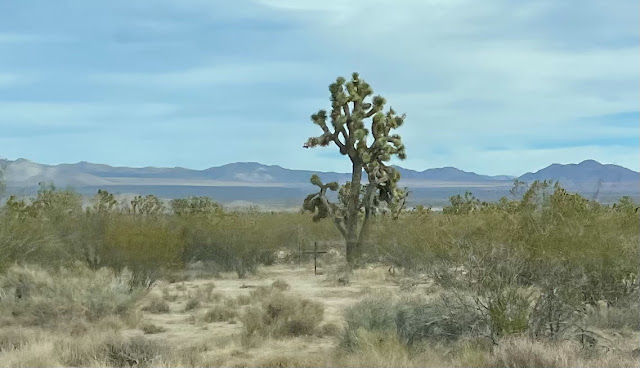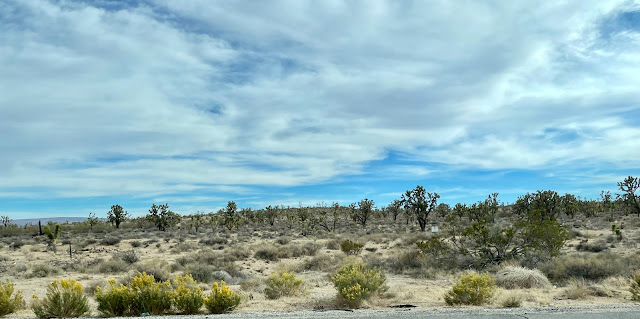
Wednesday, October 27, 2021
Ring Ceremony Golden Anniversary of Preet & Harvi

Sunday, October 24, 2021
Worlds Tallest Thermometer
Majova Desert
What is the Mojave Desert famous for? The Mojave Desert is famous for having the hottest air temperature and surface temperature recorded on earth and the lowest elevation in North America. Furnace Creek, located in Death Valley, recorded 134 F (56.7 C) on July 10th, 2013.
The Mojave Desert has a relatively stable and intact conservation status. In fact, the Mojave Desert is one of the best protected distinct ecoregions in the United States,[7] as a result of the California Desert Protection Act, which established the Death Valley, Joshua Tree National Parks and the Mojave National Preserve.[13] However, the southwest and central east portions of the Mojave Desert are particularly threatened as a result of off-road vehicles, human development, and agricultural grazing.[7] The World Wildlife Fund lists the Mojave Desert as relatively "stable/intact.
The Mojave Desert has a typical mountain-and-basin topography with sparse vegetation. Sand and gravel basins drain into central salt flats from which borax, potash and salt are extracted. Silver, tungsten, gold and iron deposits are also present in the Mojave Desert.
Elevations are generally between three and six thousand feet, although Death Valley National Park includes both 11,049-foot Telescope Peak and the lowest point in the United States, 282 feet below sea level, at Badwater Basin.
Temperatures are a function of both latitude and altitude. Although the Mojave Desert has the lowest absolute elevation and the highest maximum temperature (134°F in Death Valley), it is north of the Sonoran Desert and its average elevations are higher. As a result, its average temperatures are lower than those of the Sonoran Desert.
Occasional catclaws grow along arroyos. But, unlike the Sonoran Desert, trees are few, both in numbers and diversity in the Mojave Desert. The exception is the Joshua tree. While this unusual tree-like yucca is usually considered the prime indicator of Mojave Desert vegetation, it occurs only at higher elevations in this desert and only in this Desert.
People refer to the Mojave Desert as a "high desert" because it has an elevation of 2,000 to 5,000 feet. ... The Mojave Desert lies in the rain shadow of the Sierra Nevada Mountains. The hot, moist air from the Pacific Ocean goes up the Sierra Nevadas and is turned back by the cold air in the mountains.






























